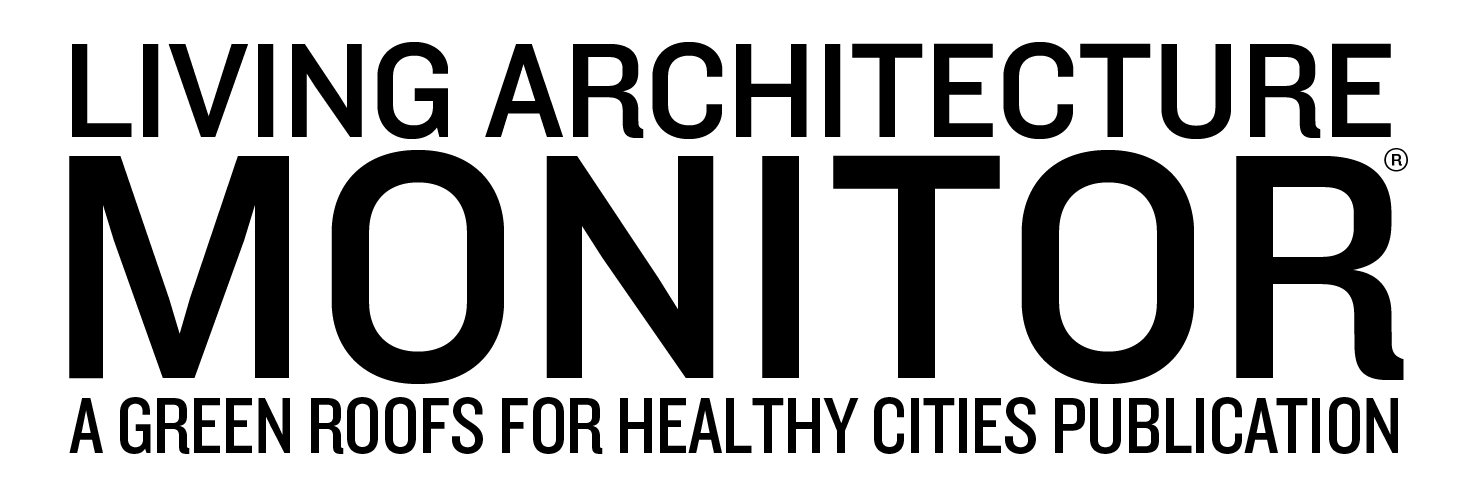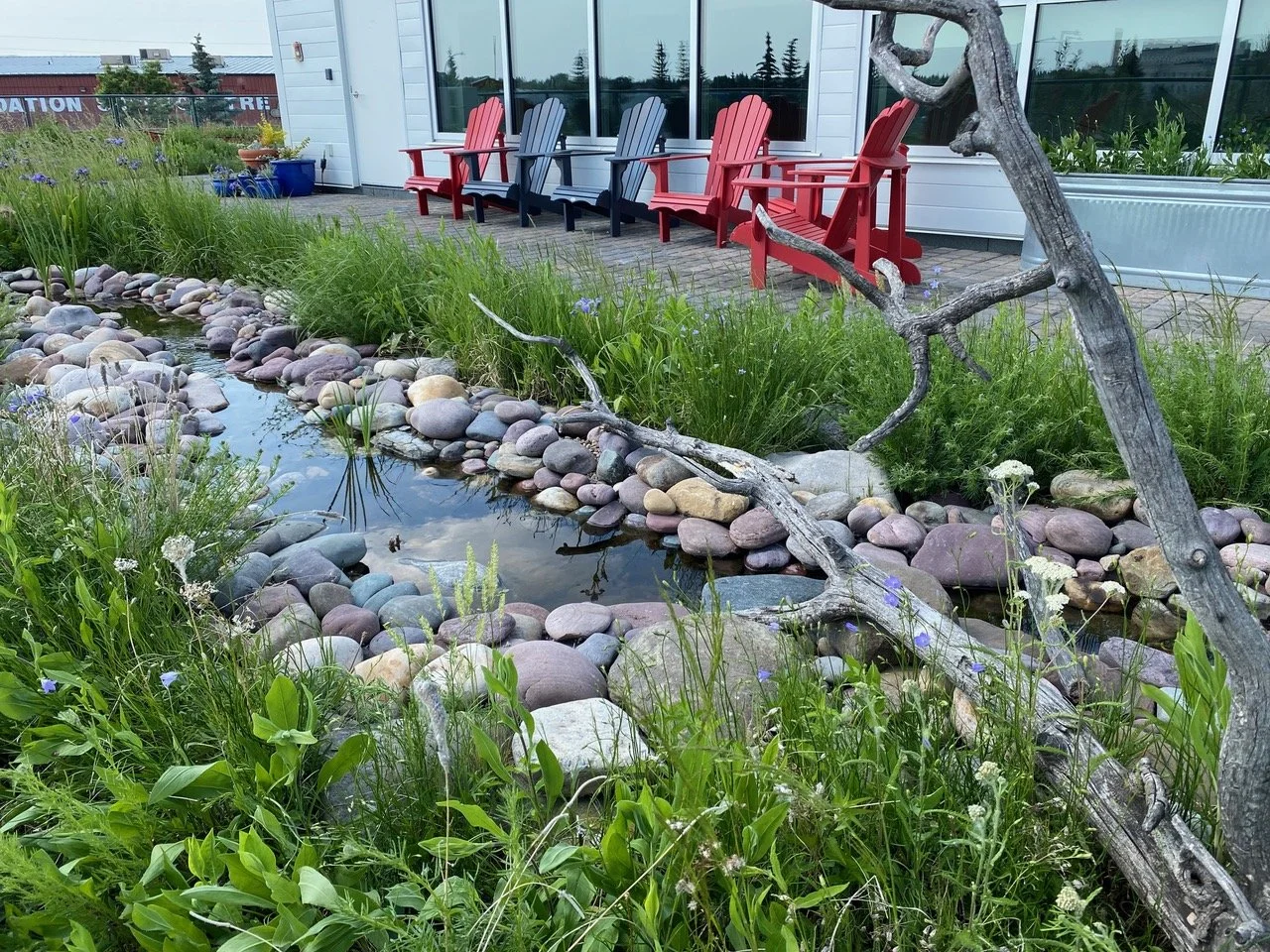Biophilic Design: Bringing the Natural Outdoors Indoors into Modern Architecture
Sourced from Building Design & Construction Magazine
Biophilic design has become the signature of modern architecture, blending the natural world with our built environments. With this, architects create residential and commercial places incorporating natural elements that nurture well-being, reduce stress, and improve quality of life. This approach is way more than just a passing trend but is actually a response to the bond between man and nature.
Greenery, natural light, and organic materials all come together in harmony to make spaces into sanctuaries. It is not all about great looks, though—biophilic design is serious about function, sustainability, and a thoughtful approach to integration. Whether one is building afresh or upgrading, the list of how to bring nature indoors is endless. That said, let’s dig in and see how this trend in nature-inspired design is changing the way we build. Even the busiest of urban settings can feel connected to nature’s tranquillity with the right elements. It is a design philosophy that contributes to the health not only of the planet but also the people inhabiting these spaces.
Why Biophilic Design Matters
Humans have an inborn desire to connect with nature—a concept called biophilia. The bond between man and nature is innate; it gets lost in urban and industrial setups, which leaves most people yearning for greenery and fresh air. Biophilic design closes that gap by bringing the soothing, healing properties of nature into spaces where people live, work, and play. Studies show that environments infused with natural elements can improve mental health, boost productivity, and even aid in physical recovery. It is not only about aesthetics for architects or designers; rather, it’s a question of building spaces that nurture well-being. Whether it is your house, office, or public space, biophilic design creates an environment of equilibrium and serenity. This is the kind of design that not only looks good but feels good to experience. Thoughtfully applied, it can transform even sterile environments into places that inspire comfort and connection. By incorporating greenery into spaces, biophilic design also enhances cognitive performance, making it particularly beneficial in workspaces and learning environments.




